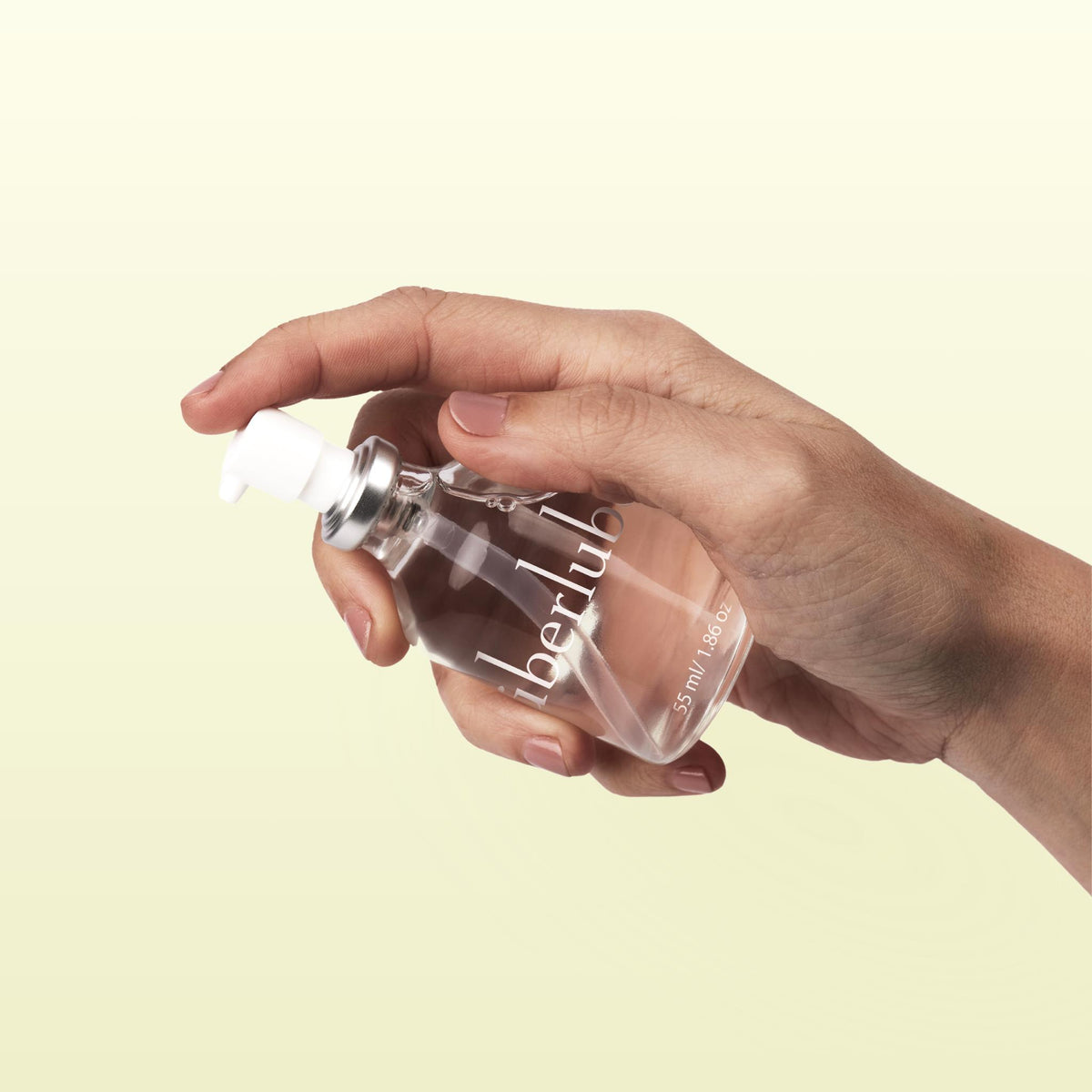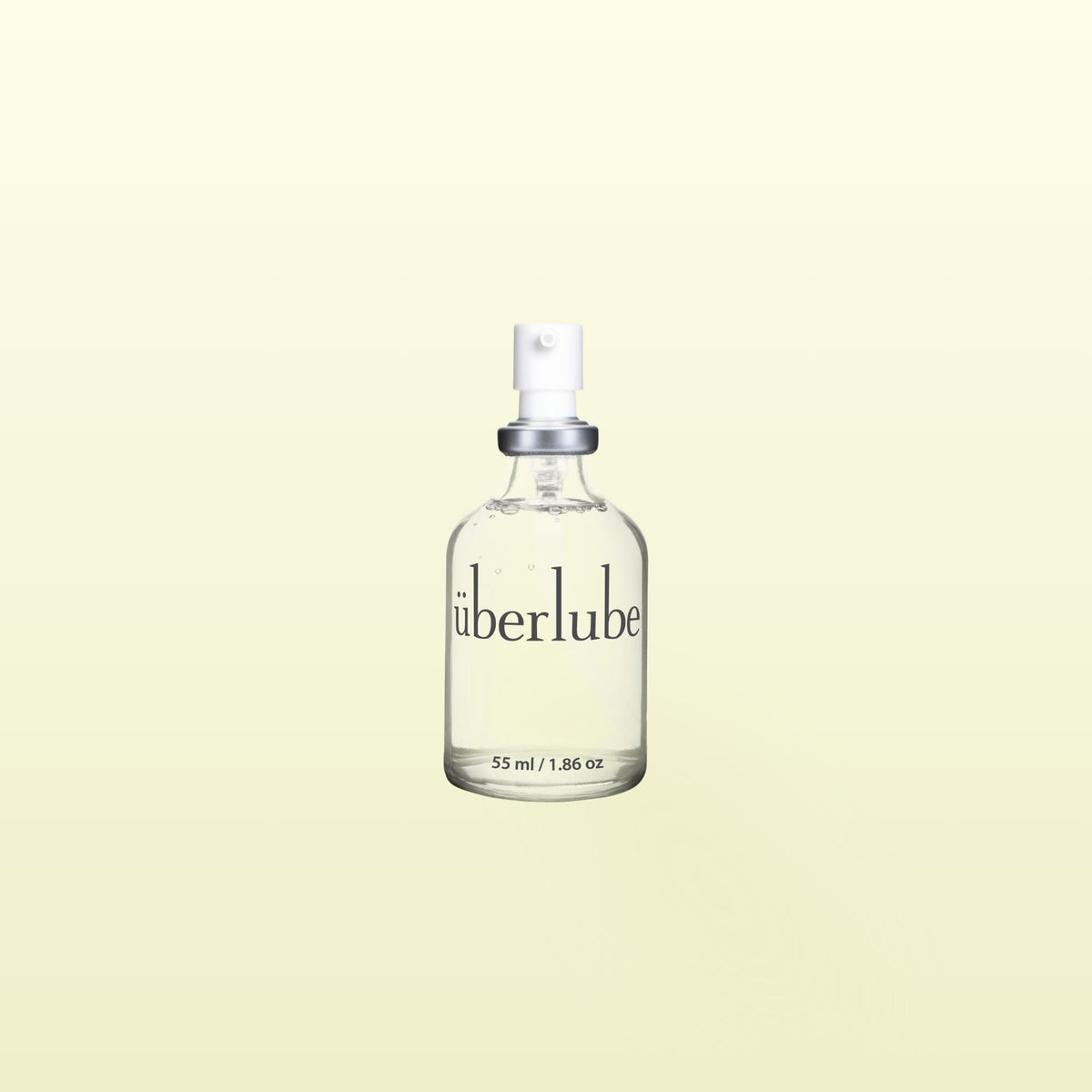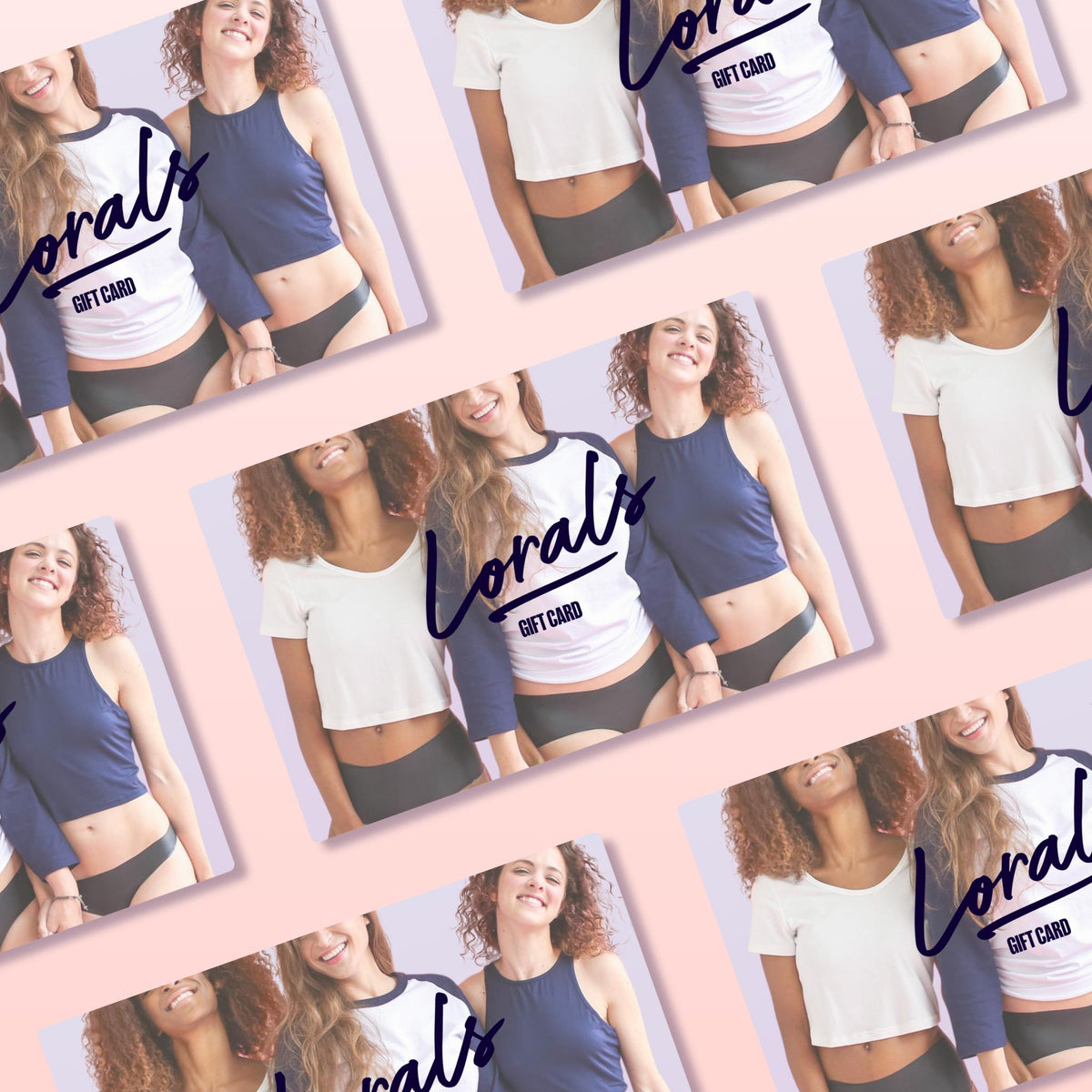Latex condoms, safe-sex barriers such as dental dams, and Lorals don’t fall far from the tree. In fact, that’s where they start! Natural rubber latex is an extremely versatile, renewable material that has astounding properties that make it ideal for keeping ourselves safe during sex (and lends itself to so many other uses). Read on to learn just how unique natural rubber latex is and exactly why we use it for Lorals undies!
What is natural rubber latex, really?
Natural rubber comes from latex, a milky-white fluid that can be extracted from rubber trees. Twenty-thousand species of plants make latex, but only a small portion of 2,500 plant species naturally produce rubber in their latex.

Why do plants produce latex? One study, published in the Journal of the Royal Society Interface, found that plants use latex to heal when damaged by covering wounds and blocking bacteria or insects from entering the plant. The research shows that plants benefit from latex for many of the same reasons humans use it in healthcare and so many other industries—because of the protectant properties.
Latex contains proteins, starch, and alkaloids which help give it its beneficial properties after processing, like flexibility and durability.
How do you harvest latex? Is it environmentally friendly?
Extracting latex involves a process similar to tapping a tree for maple syrup. A thin strip of bark is cut from the tree to withdraw natural rubber latex, and the latex seeps out over a few hours.
The most common plant for natural rubber latex is Hevea brasiliensis, AKA the rubber tree. These trees can be tapped when they mature, at around 5-7 years, for up to 30 years. The process is more natural than most people realize. Natural rubber latex is a renewable resource—take a look at the process to see for yourself.
Rubber trees are also extremely abundant, and renewable. The founder of the Fair Rubber Association, Martin Kunz, told NPR that one tree can produce an estimated 100,000 condoms, before it is replanted and the process begins all over again.
What products are made from natural rubber latex?
While you might read the term “natural rubber latex” and think of only medical-grade gloves or condoms, latex is used in over 40,000 items.
Latex containing natural rubber, AKA natural rubber latex, has been pivotal for medical innovations. Catheters, crutches, blood pressure cuffs, stethoscopes, and medical-grade gloves are all made from natural rubber latex.

It’s also a ubiquitous component in everyday items like mattress toppers, rubber boots, shoe soles, children’s toys, airplane and car tires, envelope adhesives, art supplies, and hot water bottles.
And of course, Lorals are also made from natural rubber latex!
Products are made from natural rubber latex due to its impressive properties
There’s a reason why 90% of the world’s condoms are made from rubber latex. Latex is exceptionally flexible and can be stretched multiple times without breaking. Another perk? If natural rubber latex has a hole, it’s less likely to turn into a full tear than other elastomers (rubbery materials). Because of this, it’s been an essential ingredient to fortify sexual safety since the early 1900s.

Lorals are made from natural rubber latex for a variety of reasons, including its quality and dependability. Natural rubber latex can stretch to accommodate a wide range of activities, positions, and different body types. This is why Lorals undies currently fit US sizes 0-20 (and we’re working to develop additional size options).
Natural rubber latex can stretch up to 800%. While latex stretchability is a significant benefit, it also recovers from stretching by maintaining its firmness, instead of breaking. This is crucial when designing a product to protect against STIs and to fit different body types. Latex is also smooth to the touch, an essential component for pleasure and for ensuring that tongues and bodies slide across the surface just the way you want them to.

Natural rubber is also resistant to many corrosive substances that can degrade it, ensuring your safety over time. Additionally, natural rubber latex can be used in water without damage, meaning shower play is still on the table.
What about latex allergies?
Like many other naturally occurring items and foods, some people are allergic to natural rubber latex. According to the New York Department of Health, less than 1% of people in the U.S. have a latex allergy. However, constant use of latex products over a sustained period of time can lead to a latex allergy. Consequently, up to 12% of health care workers who regularly use latex gloves have a latex allergy.

And while peanut and nut allergies affect roughly the same percentage of people in the US, there are rows of various jars of nut butter in the grocery store to choose from. Unlike peanuts, it’s been harder for scientists to find a sufficient replacement for natural rubber latex.
Let’s talk natural rubber latex alternatives
Most latex alternatives are made of some form of synthetic plastic. And unfortunately, while synthetic rubber can be chemically created, a synthetic rubber with all the impressive properties of natural rubber has not yet been developed.
Synthetic latex options are often not as flexible as natural rubber latex, they tear more easily, and they come with a not-so-sexy chemical scent, further limiting options for safe-sex alternatives.
Cleveland Clinic notes that the four types of natural latex alternatives are:
- Polyurethane
- Polyisoprene
- Nitrile
- Lambskin
How do these alternatives compare to natural rubber latex?
Polyurethane is a type of thin plastic. Polyurethane is pricier than natural rubber latex, more likely to slip during sex, and some research suggests it might be less effective at mitigating pregnancy risk. In a study of 900 couples, participants using polyurethane condoms faced a 9% probability of pregnancy, compared to a 5.4% risk using latex condoms. The material is also more rigid than latex and can be noisier, as it kind of crinkles like a wrapper when moved.

Polyisoprene is made from synthetic rubber derived from petroleum and effectively reduces STI and pregnancy risk. Compared to latex, it’s generally thicker and less flexible, which can be uncomfortable, and the amount of sensation you can feel through the material is limited – for both the receiver and the giver.

Nitrile is a synthetic rubber. While it is hard to puncture, making it an ideal barrier for safely handling chemicals, it is not as stretchy or flexible as latex. You’ll commonly find nitrile as part of car parts or synthetic leather. Nitrile is also used to make internal condoms. Internal condoms are slightly noisy, require proper insertion, and may be less available or more cost prohibitive than latex. When used correctly, they are 95% effective against pregnancy, compared to latex condoms, which are 98% effective when used correctly.

Lambskin (aka sheep intestines) is also used for condoms. Unfortunately, while condoms made of lambskin are 98% effective in preventing pregnancy, they should not be used as an STI prevention method because they contain tiny porous holes, which are just big enough for viruses to seep through. Even if lambskin were non-porous, the material is not stretchy, so Lorals made of lambskin would be less adaptable to the body.

For many of these reasons, dental/oral dam companies and Lorals have tended to use natural rubber latex as their primary material. In fact, while Lorals were being developed, all of the FDA-cleared oral dams on the market were made of natural rubber latex. Since that time, a new polyisoprene dam (called Harmony) has been developed and FDA-cleared, and we're excited to see that oral sex options are expanding.
Our goal with Lorals is to help everyone feel comfortable, confident, and protected during every intimate encounter. At this point in our research, natural rubber latex is unmatched in its impressive properties of thinness, stretchiness, and lack of chemical odor. We’re currently working to develop a non latex version of Lorals and exploring the materials mentioned above to determine the best alternative. We want to ensure that every pair of Lorals gives people the best experience possible. We're looking forward to helping even more people Love Oral Always!
Written by Xenia Ellenbogen, (she/they), a freelance reproductive health and mental health writer. She focuses on reproductive justice, LGBTQIA+ news, menstrual equity, and trauma. She holds a BA in writing from The New School.
Reviewed and Edited by Sarah Brown, (she/her), a certified sex and intimacy educator with 10 years of experience designing and marketing intimate wellness and pleasure products.




























